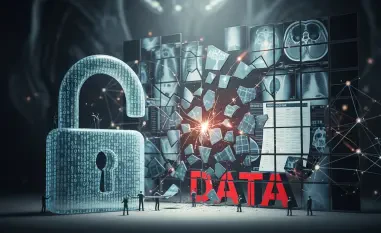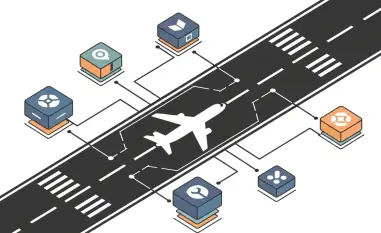Introduction
In the rapidly evolving digital landscape, infostealers have emerged as a formidable threat, serving as a primary driver behind the surge in ransomware attacks and other cybercrimes, posing an immediate risk to organizations worldwide. These malicious tools, engineered to harvest sensitive data such as login credentials and cryptocurrency information, are readily available for purchase at alarmingly low prices on dark web marketplaces, lowering the barrier to entry for cybercriminals. The urgency for security teams to implement robust defenses cannot be overstated, as traditional measures alone fall short against this growing menace. This timeline explores the critical evolution of infostealers and underscores the pressing need for proactive action.
Evolution of Infostealers: A Chronological Overview
Early 2000s: The Emergence of Keyloggers like Zeus and SpyEye
During the early 2000s, infostealers first gained prominence with the advent of keyloggers such as Zeus and SpyEye. These rudimentary forms of malware were designed to record keystrokes and capture login credentials, providing cybercriminals with initial access to targeted systems. Their effectiveness in stealing sensitive information marked the dawn of a new era in cybercrime, where data theft became a lucrative business. This period laid the foundation for more advanced infostealers by demonstrating the profitability of credential theft and establishing a blueprint for future malware development.
Early 2010s: Expansion with Vidar, Trickbot, and Emotet
By the early 2010s, infostealers had evolved significantly with the introduction of sophisticated families like Vidar, Trickbot, and Emotet. These variants expanded beyond simple credential theft to include capabilities such as extracting cryptocurrency wallet information, directly targeting financial assets. This broadening of scope increased the potential damage, as attackers could now exploit a wider range of valuable data. The growing complexity and versatility of these tools exposed the limitations of basic security measures, highlighting an urgent need for enhanced defensive strategies to counter the expanding threat landscape.
Present Day: Proliferation of LummaC2, Redline, and Marketplace Accessibility
Today, the infostealer ecosystem is more perilous than ever, with variants like LummaC2 and Redline dominating the scene alongside a steady influx of new strains boasting diverse features. The accessibility of stealer logs on dark web marketplaces, often priced as low as , has democratized cybercrime, enabling even low-skill attackers to exploit stolen data. Combined with frequent updates designed to evade detection, this widespread availability amplifies the threat. The current landscape demands specialized countermeasures to address the rapid proliferation and adaptability of these malicious tools.
Strategies to Combat Infostealers
Key Defensive Approaches
Beyond tracing the historical progression, security teams must adopt practical and innovative strategies to counter infostealers. A multi-layered approach is essential, integrating fundamental controls like zero trust architecture and strong password policies with advanced technical measures. These basic defenses, while important, are insufficient on their own to mitigate the sophisticated tactics employed by modern infostealers. Tailoring solutions to regional cybercrime trends may also enhance effectiveness, ensuring a comprehensive response to this pervasive threat.
Top Six Technical Measures
Specific technical controls are critical to bolstering defenses against infostealers. Regular password changes can invalidate stolen credentials, rendering them useless to attackers by the time they are exploited. FIDO2-enabled multifactor authentication adds a robust layer of access control, making unauthorized access significantly harder even with stolen data. Forced authentication disrupts cookie-based attacks by requiring re-authentication for sensitive access. Session token expiration, particularly in bring-your-own-device scenarios, limits the lifespan of authentication tokens to minimize risk. Cookie replay detection identifies and blocks unauthorized use of stolen session cookies, while suspicious or impossible travel monitoring flags anomalous login patterns, such as logins from geographically disparate locations in a short timeframe. These measures address often-overlooked vulnerabilities and are vital for staying ahead of evolving threats.
Conclusion
Reflecting on the journey of infostealers, it became evident through the early success of Zeus and SpyEye in the 2000s that data theft was a viable criminal enterprise. The expansion in the 2010s with Vidar, Trickbot, and Emotet broadened the attack surface, while the recent proliferation of accessible tools like LummaC2 and Redline lowered the entry barrier for attackers. Moving forward, security teams need to prioritize the adoption of targeted technical controls and multi-layered defenses to close existing gaps. Exploring emerging research on regional cybercrime patterns and investing in continuous training for personnel offer additional pathways to strengthen resilience against future threats.













